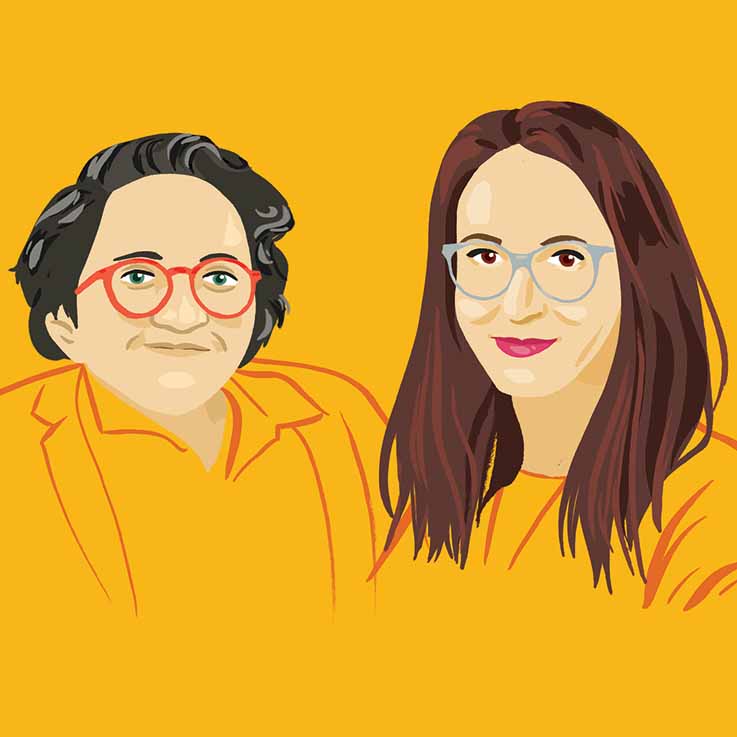Time for Philanthropy to Confront Ableism - 4 minutes read

“What kind of funding are you looking for, and do you have a budget for this year?” a staff person from a foundation asked me. We were talking about the 2018 Disability & Intersectionality Summit (DIS). It came as a shock when I, the event’s founder, landed a meeting with this foundation to discuss DIS.
It was one of my earliest interactions with a foundation as a community organizer and I recall trying my hardest to impress this staff person. As a disabled and queer Asian American woman, I felt such shock partly because our ableist society has conditioned me and millions of disabled people to wait and be told what would be best for our lives, rather than asking directly for what we need.
Ableism is a system of oppression that devalues and discriminates against people with disabilities. Individuals as well as institutions, policies, and communications can be sources of ableism.
For years, I have been part of and an observer to ableist gatekeeping in philanthropy. From a “go, go, go” work culture to the invitation of proposals and office and event design, the philanthropy sector is not without its share of ableism. I’ve spent much of my career operating in systems that have not honored what my body needs to be successful, because of both structural ableism and ableism that I’ve internalized. As a person with chronic illnesses, I didn’t know about accommodations I could request or boundaries I could set, because I didn’t see them modeled around me. When I once tried to share my experiences with pain, fatigue, sensory sensitivity, and digestive needs at a former team retreat, I was met with disbelief and laughter. The awkwardness sent a clear message: It’s easier just to keep it to yourself.
But it shouldn’t be awkward. The philanthropy sector has waved the banner of “diversity, equity, and inclusion” for years, and yet ableism continues to affect staffing and talent development, knowledge generation and sharing, and governance and funding. I have even inadvertently perpetuated ableism. For example, I never knew to ask direct reports if they needed accommodations, and I have readily spoken at inaccessible events. I’ve been on my own learning—and action—journey to change this.
Philanthropy is no stranger to the ways that ableism is deeply embedded in the perceptions and treatment of disabled people. Historically, many charitable foundations have solicited or made donations intending to “cure” disabled people, based on the so-called “medical model” of disability. While some of these organizations enabled access to services, much of their work framed disability in a way that contributed to notions that disabled people are in pitiable positions and are in need of fixing—also known as the “charity model” of disability. Both the medical and charity models portray people with disabilities as objects rather than subjects, which can contribute to ableism and impede the achievement of and access to rights and justice.
The philanthropic sector has started to show improvement in its understanding of disability and has made marginal increases in disability-inclusive grantmaking. These efforts aren’t enough, however, given that one in four adults in the United States has a disability. For philanthropy to address systemic ableism head-on, it must put meaningful action behind the banner of diversity, equity, and inclusion.
Funders must elevate and expand their practice so that they’re not only combating ableism but also being actively anti-ableist in their efforts to achieve a just society. Solutions to inequality cannot happen without addressing ableism. Unless there is an increase in intentional, transparent anti-ableist practices from the sector, philanthropy’s aims to resource cross-movement work, minimize inequality for marginalized communities, and move equity forward will remain unfulfilled.
This isn’t easy work. But there’s good news: Once you start the work of disability inclusion and disability justice, the broader work of building collective power and equity goes deeper and becomes readily apparent.
Rooting out embedded systematic oppression will take more than one program officer, funding priority, or call for proposals. It requires a collaborative and dedicated multilayered strategy. Based on our experiences, here are seven ideas for philanthropy to consider:
Dismantling ableism in philanthropy is not a nice-to-do; it’s a must-do. Without concerted efforts to root out ableist oppression, we cannot meaningfully address injustice and inequality. The ideas we offer here are just some steps that philanthropy can take to become anti-ableist to move toward transformation.
Source: Ssir.org
Powered by NewsAPI.org